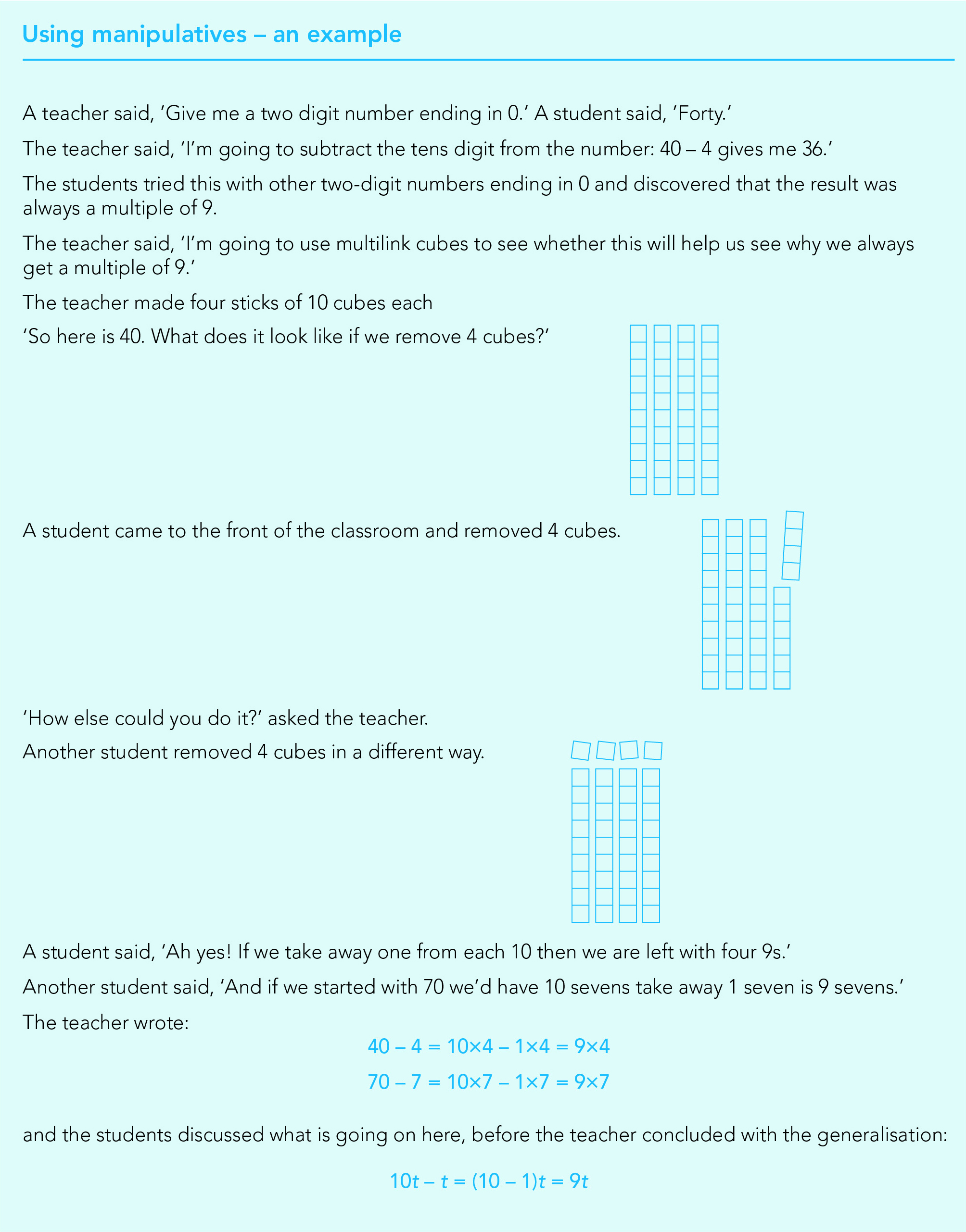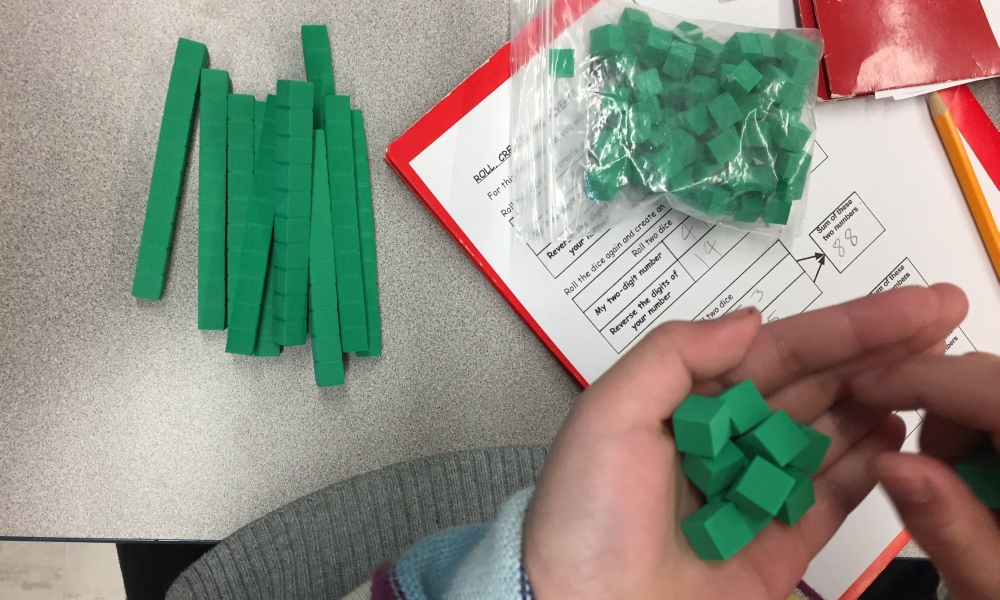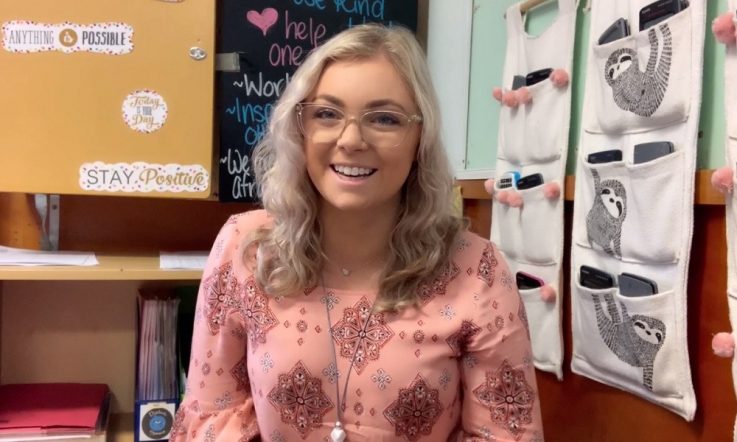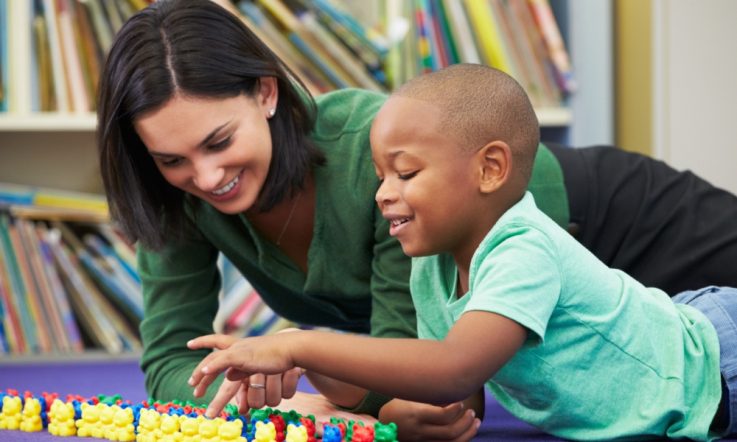Using simple physical objects that students can visualise, touch and move to express their thinking is an inexpensive and effective classroom resource to explore mathematical concepts and encourage learning.
No one strategy or tool will improve a student's proficiency in mathematics in isolation. However, using manipulatives – where purposeful and in line with other evidence-informed strategies, such as developing metacognition or structured interventions – is likely to improve student outcomes.
Analysis of PISA results emphasises the link between proficiency in mathematics and positive outcomes for students (OECD, 2014; Thomson, De Bortoli & Buckley, 2013). The achievement gap remains a challenge for Australia, with the gap exacerbated by socio-economic status, gender, indigeneity and location (ACER, 2019; Thomson, De Bortoli, Underwood & Schmid, 2019). Knowing this, it is crucial for schools to be striving for improvement in mathematics as a lever for student achievement and success.
The use of manipulatives is explored in Evidence for Learning's (E4L) most recent Guidance Report: ‘Improving Mathematics in Upper Primary and Lower Secondary'. Guidance Reports are one way in which E4L is building actionable evidence to help schools make evidence-informed decisions.
Within the guidance on mathematics for students aged 7–14, the recommendations are:
- Use assessment to build on students' existing knowledge and understanding;
- Use manipulatives and representations;
- Teach strategies for problem solving;
- Enable students to develop a rich network of mathematical knowledge;
- Develop students' independence and motivation;
- Use tasks and resources to challenge and support students' mathematics;
- Use structured interventions to provide additional support; and,
- Support students to make a successful transition between primary and secondary school (Evidence for Learning, 2020).
Each recommendation is looked at in detail in the Guidance Report. While there is no weighting of importance put on the eight recommendations, we'll look at the second, ‘use manipulatives and representations'. In practice, representations are an important tool to teach fractions and other number placement concepts, however we will focus on the role of manipulatives in teaching mathematics in this article.
How do manipulatives support learning in mathematics?
Manipulatives are physical objects that students can visualise, touch and move. Increasingly, there are virtual alternatives to physical manipulatives, however, the evidence base draws primarily from research conducted using physical tools.
Used in moderation, and as a tool to scaffold, manipulatives can help students to problem solve, reason and transfer their understanding (Carbonneau, Marley, & Selig, 2013). An important point for teachers to note is that they should use their judgement about both the time that manipulatives are employed and when they need to be removed, to avoid reliance.
Examples of manipulatives in the classroom
Common examples of manipulatives are base ten blocks and Cuisenaire rods, but no matter the example we should think about these as tools to learning – the purpose of the use, therefore, becomes key.
Demonstrating alternative routes to an answer might be one activity where manipulatives can add value. The example below, taken from the Guidance Report, demonstrates the use of base ten blocks.

Considerations for effective use of manipulatives
Finally, there are several key considerations (Carbonneau et al., 2013; Nunes, Bryant & Watson, 2009) that can assist teachers with utilising manipulatives.
Have a clear rationale
Ensure that there is a clear rationale for using a particular manipulative or representation to teach a specific mathematical concept. Manipulatives should be used to provide insights into increasingly sophisticated maths.
Make connections between manipulatives and mathematical ideas
Enable students to understand the links between the manipulatives and the mathematical ideas they represent. This requires teachers to encourage students to link the materials (and the actions performed on or with them) to the maths of the situation, to appreciate the limitations of concrete materials, and to develop related mathematical images, representations, and symbols.
Avoid reliance
Try to avoid students becoming reliant on manipulatives to do a type of task or question. A manipulative should enable a student to understand maths by illuminating the underlying general relationships, not just ‘getting them to the right answer' to a specific problem.
Use manipulatives as a scaffold
Manipulatives should act as a ‘scaffold', which can be removed once independence is achieved. Before using a manipulative, it is important to consider how it can enable students to eventually do the maths without it. When moving away from manipulatives, students may find it helpful to draw diagrams or imagine using the manipulatives.
Use manipulatives across all ages
Manipulatives can be used to support students of all ages, depending on where they are in their learning journey. The decision to remove a manipulative should be made in response to the students' improved knowledge and understanding, not their age.
References
ACER. (2019). PISA: 2018 Key Findings. Viewed, March 2 www.acer.org/au/ozpisa/key-findings
Carbonneau, K. J., Marley, S. C., & Selig, J. P. (2013). A meta-analysis of the efficacy of teaching mathematics with concrete manipulatives. Journal of Educational Psychology, 105(2), 380.
Evidence for Learning. (2020). Improving Mathematics in Upper Primary and Lower Secondary. Retrieved from https://www.evidenceforlearning.org.au/guidance-reports/
Nunes, T., Bryant, P., & Watson, A. (2009). Key understandings in mathematics learning: Summary papers. Nuffield Foundation.
OECD. (2014). PISA 2012 Results: What Students Know and Can Do. Student Performance in Mathematics, Reading and Science. (Volume 1, Revised edition, February 2014), PISA, OECD Publishing. Retrieved from https://www.oecd.org/pisa/keyfindings/pisa-2012-results-volume-I.pdf
Thomson, S., De Bortoli, L., & Buckley, S. (2013) PISA 2012: how Australia measures up: the PISA 2012 assessment of students' mathematical, scientific and reading literacy. https://research.acer.edu.au/ozpisa/15
Thomson, S., De Bortoli, L., Underwood, C., & Schmid, M. (2019) PISA 2018: Reporting Australia's Results. Volume I Student Performance. https://research.acer.edu.au/ozpisa/35
Have you considered the rationale behind the use of manipulatives to support students' exploration and understanding of mathematical concepts?
Think about your own classroom practice. Are you under-using, or over-using, manipulatives to support learning?



